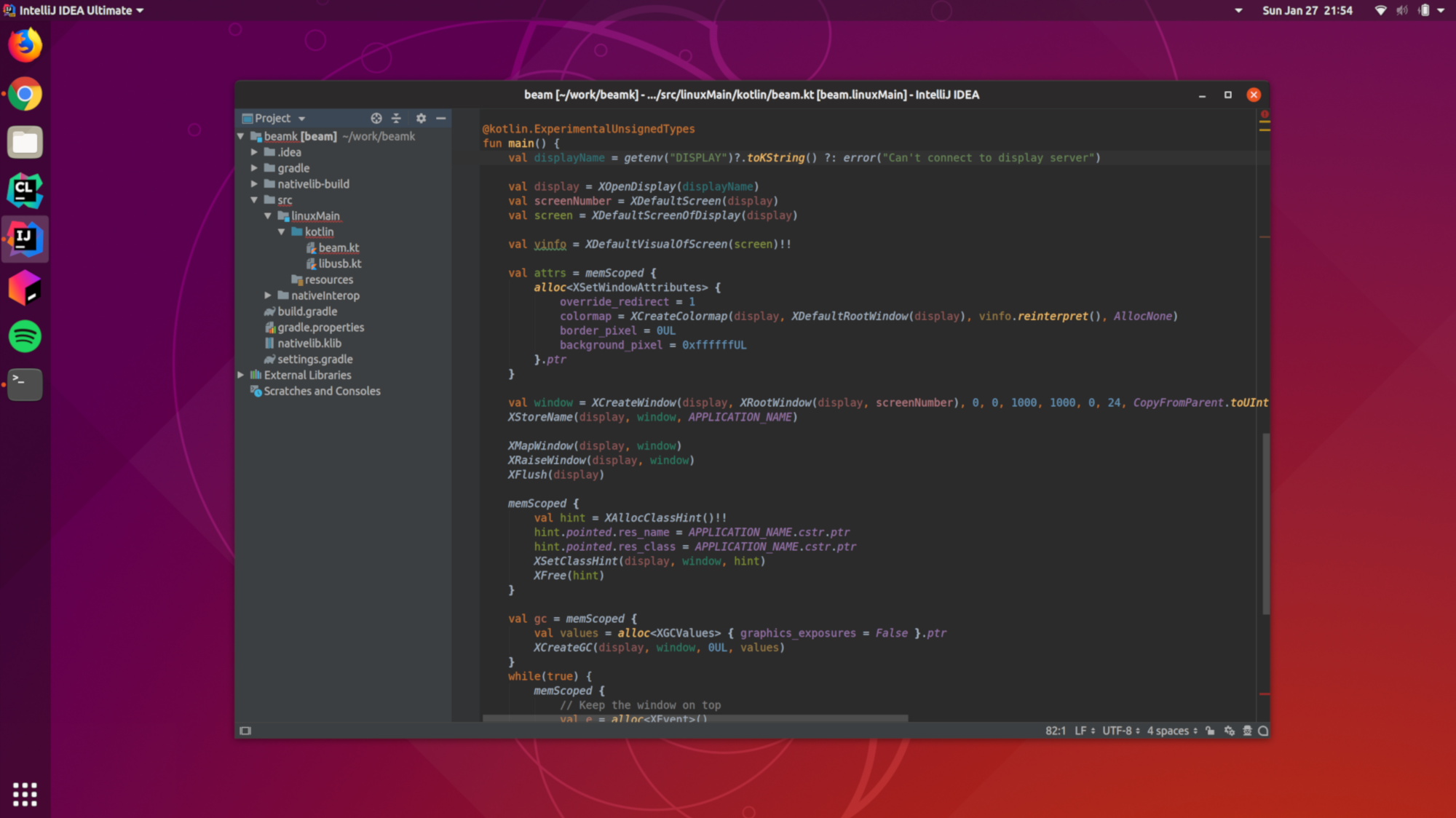
In real life, you would have a separate installation binary for each host, but for this tutorial we will use the same installation binaries shared by the 3 hosts. You will now have the following subfolders in labs: host0
INTELLIJ EAP ZIP
Visit Red Hat Developers to download the EAP 7.0 zip file and extract it into the $EAP_DOMAIN/labs folder. >cd $EAP_DOMAIN >mkdir labs >cd labs >mkdir host0 host1 host2 >export EAP_DOMAIN=~/BlogWorkspace/EAPDomains In this root folder, you should create a labs subfolder, and 3 subfolders therein, for the different hosts config files: L et us export this folder as $EAP_DOMAIN to keep it simple in the next steps. I will use ~/BlogWorkspace/EAPDomains as root folder for this tutorial, but you are free to use what you want.
INTELLIJ EAP INSTALL
To complete the installation step we are first going to prepare a the workspace, create the directory structure, download and install EAP 7.0, then configure master and slave hosts.
INTELLIJ EAP SERIES
Each one will be a standalone article, but the series as a whole will present a range of useful topics for working with JBoss EAP. In this series of articles, I will present several ways to deploy an application on an EAP Domain. T he series consists of four parts. JBoss EAP 7.0 was just released and announced by Red Hat.

Domain mode changes the way applications are deployed on EAP instances. Red Hat JBoss EAP 6 introduced some new concepts like configuration simplification, Modularity, new management CLI , user-friendly management console and an amazing feature called "Domains".


 0 kommentar(er)
0 kommentar(er)
